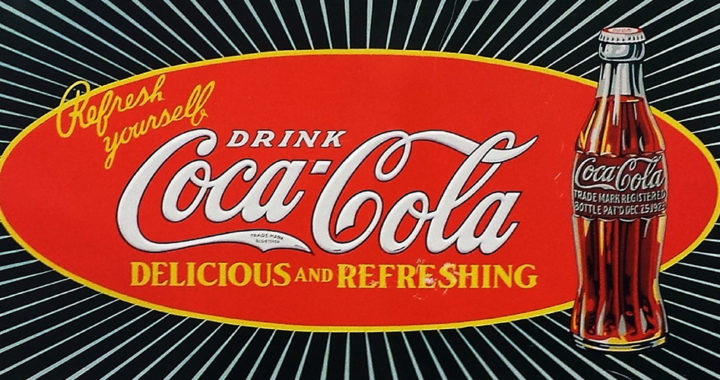Since the invention of the nerve tonic beverage Coca-Cola by Dr. John Stith Pemberton in 1885 and the incorporation of The Coca-Cola Company by Asa Griggs Candler in 1892, the American multinational beverage company has been known for its extensive marketing efforts characterized primarily by remarkable advertising. Of course, there is more to the marketing strategy of Coca-Cola than advertisements. This article provides a concise discussion of the strategy and tactics employed by the company to market its products based on the marketing mix model.
The Marketing Mix: The Marketing Strategy of Coca-Cola
1. Product Strategy
To understand its product strategy, it is first important to know that Coca-Cola is primarily a producer and marketer of concentrates and syrups. These products serve as the principal raw materials for the end-user beverage products of the company. In addition, it is also important to note that these concentrates and syrups are sold to subsidiary or independently-owned bottlers that are responsible for producing and packaging the final beverage products for distribution and consumption.
Diversification is also central to the product strategy of Coca-Cola. Apart from producing and marketing the flagship Coke brand, the company also produces and markets other brands of non-alcoholic beverages ranging from carbonated drinks and fruit juices to energy and lifestyle drinks.
2. Pricing Strategy
The Coca-Cola Company does not explicitly states its pricing strategy. However, based on global operations and the specifics of its distribution strategy, the company employs an operations-oriented pricing strategy in which the objective is to uses price variations to match the supply and demand in a particular regional market, as well as some aspects of profit-oriented pricing through optimization of mass production and distribution.
Furthermore, based on its market stature and the presence of its competitors, the company employs a specific leadership pricing tactic. Its beverage products are more expensive than lesser popular competitors, local producers, and new entrants. Coca-Cola can maintain this tactic because of its competitive advantages stemming from market leadership, distribution efficiency, and promotional capabilities.
3. Place or Distribution Strategy
Coca-Cola follows two levels in its distribution strategy: the primary bottler-specific distribution level and the secondary regional distribution level. The primary level involves distributing the concentrates and syrups to various subsidiary and independently-owned bottlers throughout the world. The secondary level involves the bottlers distributing the final beverage products to their respective geographical markets.
The company also uses two routes under its secondary distribution level. The first involves distributing the ready-to-consume products via retail distributors such as supermarket chains, convenience stores, and kiosks while the second involves distributing the concentrates and syrups, as well as ready-to-consume products to restaurants and other food preparation businesses.
4. Promotion Strategy
Advertising is at the heart of the promotional strategy and of course, the marketing strategy of Coca-Cola. The company invests heavily in advertising using traditional mediums of communications such as print and television, as well as other mediums and methods through digital marketing activities and outdoor marketing campaigns. Its advertising practices are thematic and specific. Each regional market follows its unique advertising theme relevant to its culture or situation and in some instances, the entire global market pursues a central theme that is relatable to all regional markets.
Other aspects of the promotional strategy of Coca-Cola include public relations through media relations, sales promotion such as special offers, after-sales services including customer feedback, corporate social responsibility, and community involvement. The company is also remarkable for using celebrity endorsements and sponsoring public events such as sports leagues and concerts.

